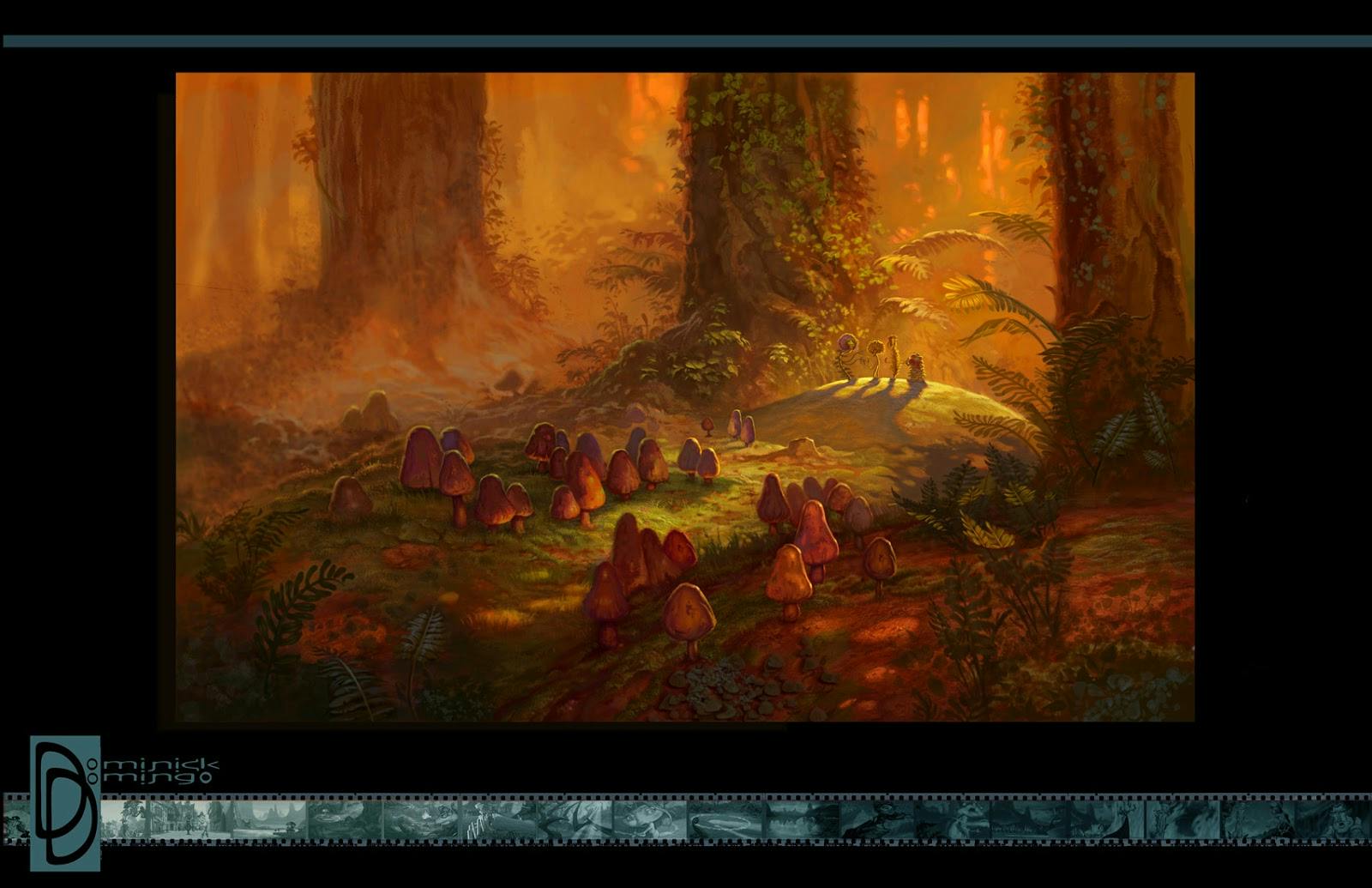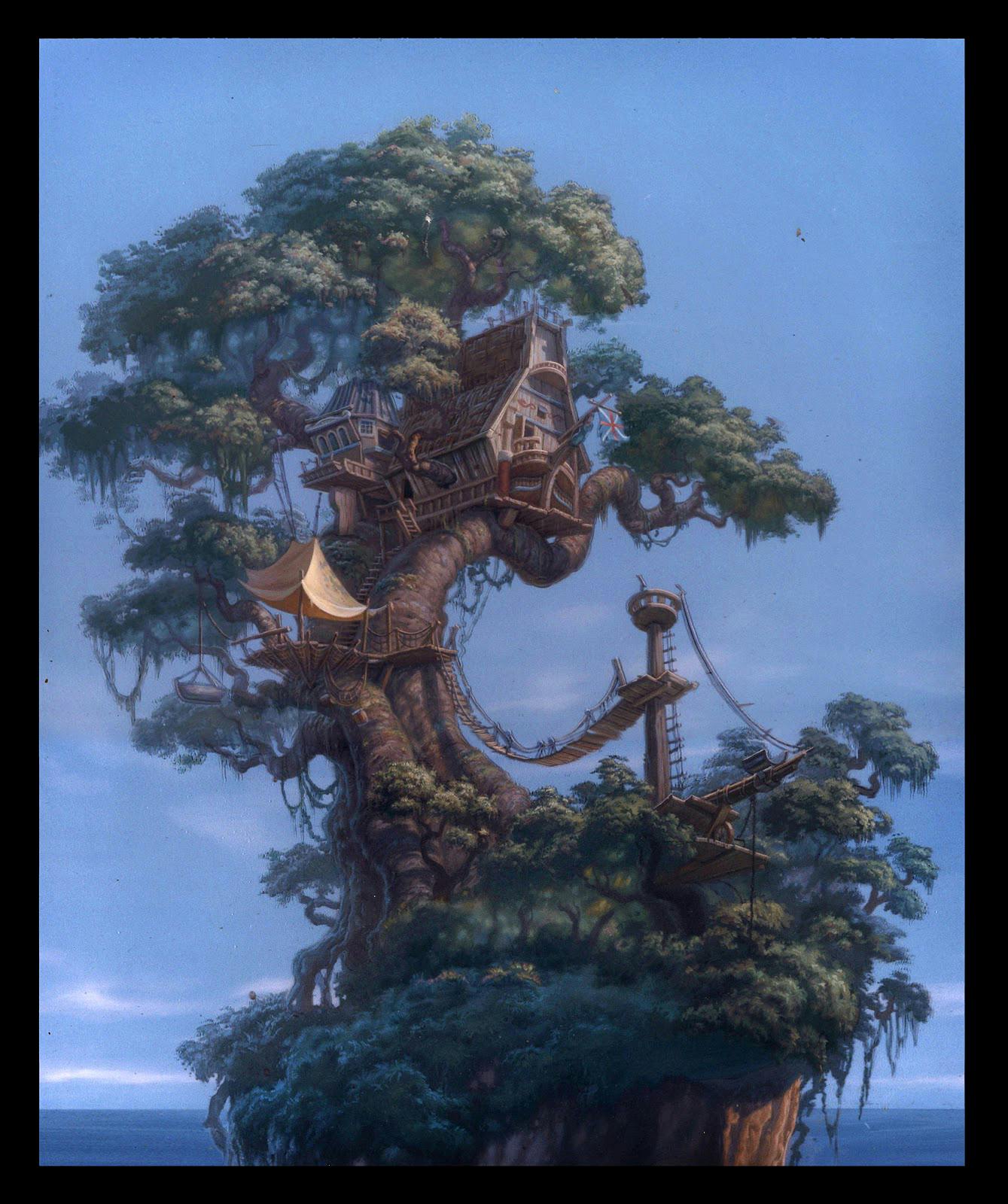Serhio
Creative Director
Strategist
Producer
Executive
Leadership







I took my first oil painting class at the age of seven and Santa gave me a typewriter for Christmas around the same time. I've always seen the narrative aspect of storytelling and its visual representation as inseparable, especially in cinema. Though I chose to get my degree in Illustration and spent the first eleven years of my career at Disney Feature Animation, I continued to nurture my writing and landed publication in the literary realm. As I learned and grew in animation and live action film, I began more and more to appreciate the ways in which visual style (production design and art direction) impact audiences viscerally, bypassing cognition.
Though technique-oriented foundational principles (like light logic, color theory, perspective and composition) are important tools, they are employed solely to tell stories in a highly emotional, 'show-it-don't-say-it' medium. As a Disney Feature Animation artist-turned-live action filmmaker and author, I identify as a ‘Storyteller,’ first and foremost. What I love about storytelling is its dual function as self-expression and contribution. It’s both self-serving (as catharsis) and selfless in that it impacts others. I love that I get to connect my craft with a sense of purpose and contribute to our collective evolution. I believe 100% we are a product of the stories we are exposed to in life—more so than propaganda, persuasion, or political rhetoric, that narrative will always trump the didactic when it comes to personal transformation. For that reason, as corny as it sounds, I am inspired by the prospect of ‘changing minds by touching hearts’ and by extension, changing the world!
I am a big fan of a fluid creative process—one that evolves in real-time, reflecting the synchronicity—even the 'happy accidents' the universe gifts us throughout the execution of a project. When one transforms as a result of engaging in the creative process, the result tends to transcend and resonate. On a macro level, especially in the context of content creation and brand-building, I would think that receptivity remains the key to relevance. Visual communication is all about how a message 'lands' with its public or patronage; therefore it relies on feedback. Whether meant to speak to an elite few or the mainstream, feedback is the key to how content evolves in order to remain relevant. Synergy is also important in collaboration.
For mainstream brands, think tanks in which all contributors have a finger on the pulse of the collective can be the difference between a classic and a dud. At Disney Feature Animation, the directing-by-committee approach was fascinating to be a part of; after all, universality 'takes a village.' In all cases (niche content or mainstream) one must consider and know one's intended audience, customer patron or readership.

Too many to count, really. As a background painter and Visual Development artist at Disney, my job was largely to adapt to the given style of a film (or help arrive at it.) Therefore, being versatile and adaptable was a valued skill set. Having said that, my illustrative style in personal works incorporates everyone from Kokoschka, Scheile and Klimt to Alma-Tadema, Waterhouse and Lord Leighton. Carravagio and Rembrandt and countless others. In filmmaking/screenwriting: Cuaron, Carot & Jeunet, Von Trier, Elia Kazan, Visconti, Sabierti, Kubrick, Campion, Tennesse Williams, Oscar Wilde, Chekov, Arthur Miller.
This is a general answer; I will go into more detail about the creative process as applies to Art Direction in addressing the following question. :-) In general, my creative process can vary, as it can for most creatives.
But I find it imperative that creatives understand the creative process and dismantle romantic notions about retaining its mystery for potency. If one understands the value of each step in the creative process, fear can be extracted from the equation and creatives are less likely to find themselves encountering creative blocks or hindrances. That said, I find the steps in the creative process to be malleable; there is a reason there are several 'accepted' models of the creative process to which individuals subscribe. Most of us are familiar with steps like ‘identifying the problem to be solved,’ brainstorming/thumbnailing laterally, germination, inspiration, execution, e.g. But those steps can vary in order; for example, one can be inspired (think: ‘lightning strike’) by an image or a juxtaposition of images encountered during the day that demands they rush home to take an audio note for a novel or madly scrawl a thumbnail for a painting.
In this case, the step of ‘identifying the problem to be solved’ has already been fulfilled by simply identifying as an artist always on the lookout for inspiration—like a live wire or an antenna. Similarly, if one is acting as Art Director on a film and understands the goal well, the universe will throw what is needed in his or her path as they navigate daily life—the answer to a color scripting problem or the perfect solution for a character design, as needed. When one remains organic about the creative process and trusts in this synchronicity, resonance is the result!

Specific to Art Direction for cinema, whether live-action or animation: I read the material (MS, treatment, screenplay) and live with it until it sits in me. I try to discern the intention of the writer, beyond the projections of literary criticism. I discern how it resonates with me, personally, in light of my worldview and sensibility. I try to glean the universal literary themes and motifs inherent in the work. Specifically, the main theme and sub-themes and the goal (want and need) of the protagonist. The main theme is a direct result of the conflict resolution—whether the want or higher need is met.
Once all the moving parts are interconnected and the themes clearly identified, I begin color scripting in a way that supports the emotional arc of the story—both the overarching story arc and the protagonist's character arc. In doing so, I employ hoards of experience with color theory (technique) but more importantly, I employ archetypal associations and formal properties that will induce the emotional tone of the writing and the mood of each respective scene therein. And of course, all these cognitive processes are ideally second nature and it's intuition that runs the show!
Pallete aside, with regard to shape language, cinematography/composition, value structure, film language and all the other ingredients in the 'design soup,' I begin identifying the motifs that emerge in the lateral exploration. In other words, when working with a team of concept or visdev artists, I identify recurring design motifs to be capitalized upon. I distill 'the best of the best' into a clear style guide that can be disseminated and clearly communicated to the team. What we arrive at collectively must be implemented by each individual artist in the production pipeline.
During my schooling, I completed a fourteen-week internship at Disney Feature Animation. Of course, this was invaluable in every way, not the least of which is resulting in a dream job at Disney (Lion King, Pocahontas, Hunchback of Notre Dame, Tarzan, Little Match Girl, One By One) and by extension, a lifetime career in animation! After graduating with distinction from Art Center's illustration program, I stayed on at Disney Feature for eleven years, working in both L.A. and Paris. This was my true schooling—working in the trenches of the production pipeline. More importantly, I became involved with the Artist Development department by lecturing publicly and presenting to future interns and trainees. This only served to further ingrain my holistic understanding of not just the production pipeline (making of an animated film) but that of storytelling in general. While at Disney, I was one of three artists who helped develop the alpha release of the 'Deep Canvass' technology (painting directly on the wire frame) that gave 'Tarzan' its immersive look.
I continued moonlighting throughout my time at Disney, illustrating books for Putnam, Random House, Harcourt and Penguin. Working with those art directors was an education in itself. I founded the Entertainment Track at my alma mater, Art Center, and taught there for twenty years. One learns more by teaching than being a student; in that way, this experience further cemented my understanding of all things creative and provided regular opportunities to research given tributaries. More concrete ‘higher learning’ opportunities include completing the Live Action Filmmaking program at New York Film Academy and numerous filmmaking seminars and workshops offered through Raleigh Studios and the Roy Dean Film Grant. I continued to learn in the trenches (from practical experience) navigating the live-action independent film festival circuit several times with my live-action films.
The accolades I accrued (Best Director and Best Short Film awards, landing distribution for SAG/IMDB films e.g.) led to publication in the literary realm. I have been published many times over now and been included in anthologies and collections. With each manuscript, I undergo two rounds of edits with two separate editors. This experience has resulted in a deeper, broader understanding of storytelling in general and literary technique, in particular. Though all under the umbrella of storytelling, my experience in its various formats and genres has given me a meta view of the rules demanded by each. Yet more concrete, practical training came in the form of my longtime involvement with CTN, Creative Talent Network. Since its inception over fifteen years ago, I have presented, lectured, and offered portfolio reviews at the organization’s annual convention (CTNExpo.) This provided an opportunity to sit in on other lectures, panel discussions and workshops that continued to augment my skill sets and knowledge based.
I learned Maya by seeking private tutoring from a former Art Center student. I regularly task myself with learning new programs (like Sketchup, Garage Band, Final Cut Pro and Toon Boom Harmony, among others) by watching online tutorials and completing ambitious projects. I host a podcast in which I learn something new with each guest/episode. I make it a priority to always augment my skill set and am motivated to do so. In short, life is a classroom!
I tend to work as a Visdev Generalist these days. I have recently served as Production Designer and Design Supervisor on studio productions. As such, I design all assets for 2D or 3D productions, Feature or TV Animation. Though I do not lead with this skill (and do not identify by any means as a modeler) I use both Sketchup and Maya as part of my pre-vis process, as needed. My gaming experience includes 'Silent Hill 5' for Kunami/Climax, 'Princess Dressup' and 'Pixie Hollow Fashion Boutique' for Disney Interactive, and most recently, 'Storm Runners' for Amazon Games. At present, I am looking to take on more projects as a live-action director and continue the Voice Actor work I have done since my Disney Days at both Disney Feature Animation and Blue Sky Animation. Since I did not see the option to embed the aforementioned REELS, they are available on request.
It always seems to work out! A conscientious nature ensures I meet any deadlines I commit to. If deadlines are unrealistic (or budget is limited) I tend to initiate conversations in order to arrive at something that is do-able. Once a project is realistic, I do whatever is needed (invest the time) to be proud of the result while meeting deadlines. The beauty is, the work is never drudgery because I love what I do!